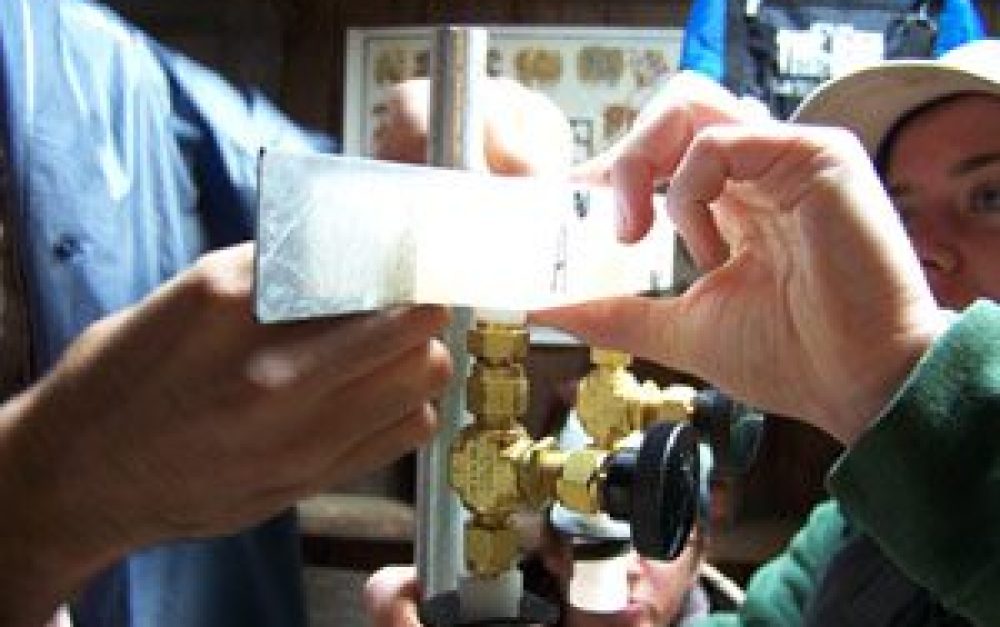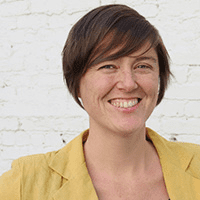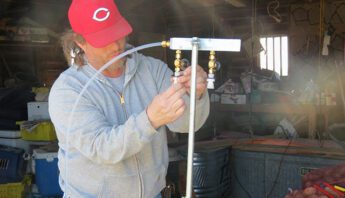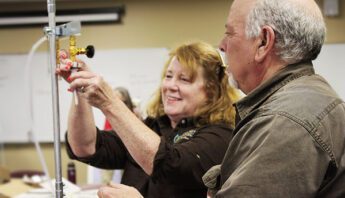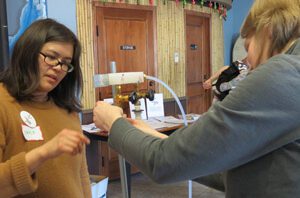On a rainy day in Iowa last month, I found myself crowded into a small building perched on the Mustard Seed Community Farm near Ames. I was joined by PAN's new staff scientist, Emily Marquez, and we were honored to teach a group of local farmers how to use the PAN Drift Catcher.
The training took place at a field day hosted by Practical Farmers of Iowa (PFI), and despite the downpour, we had a productive and fascinating afternoon.
PFI is an organization of Iowa farmers promoting "profitable, ecologically sound, and community-enhancing approaches to agriculture." Their strategy is to serve farmers through on-farm research and farmer-to-farmer information sharing. PFI invited PAN to lead one of their field days because many of their members are concerned about pesticide drift and the impact it has on their crops and their families' health.
Iowans concerned about pesticides
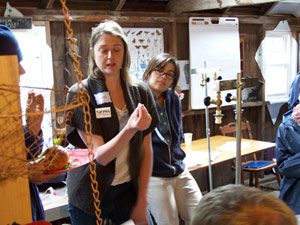 Emily and I drove two vehicles packed full of Drift Catcher equipment to the Mustard Seed Community Farm, and were joined by about 20 farmers from around Iowa who came to learn to use PAN's air monitoring technology. A Drift Catcher is a simple device — invented by PAN consulting scientist Dr. Susan Kegley — that helps rural families document their exposure to pesticide drift in a scientifically robust way. Simply put, the tool sucks air into test tubes that can be shipped to a lab for chemical analysis.
Emily and I drove two vehicles packed full of Drift Catcher equipment to the Mustard Seed Community Farm, and were joined by about 20 farmers from around Iowa who came to learn to use PAN's air monitoring technology. A Drift Catcher is a simple device — invented by PAN consulting scientist Dr. Susan Kegley — that helps rural families document their exposure to pesticide drift in a scientifically robust way. Simply put, the tool sucks air into test tubes that can be shipped to a lab for chemical analysis.
Before we began the training, the farmers shared stories of farms and homes contaminated by pesticide drift and other personal motivations for participating in the air monitoring project.
There was so much to discuss. Between individual stories and general concern about the new GE crops being introduced in the region, I had to cut our talk short so the group could begin learning about the equipment. To operate the Drift Catchers properly, the functions of each small moving part must be understood. Our audience was adept at taking in the details at every step.
Starting a conversation
It was Emily's first real visit to the midwest. She enjoyed hearing directly from Iowans about their experiences with farming and pesticides. She says:
I was struck by how much people at the training cared about their role as neighbors, parents, and community members… whether it was minimizing the drift they created from applying pesticides, or minimizing exposure to drift for their family's sake. PFI is a group of fast learners, and they were a pleasure to work with. I look forward to seeing the results of their monitoring work!
After the training, I visited many of the farms to certify the individuals who will be collecting air samples this summer. I watched each participant demonstrate their ability to operate the tool, and tested their understanding of the overall process. It was inspiring to see the quality of farms being run by PFI members, and the care taken by each to prepare for air sample collection.
Many thanks to PFI and their members for the work they're doing. We at PAN are excited to help in this drift monitoring project, and look forward to advancing the dialogue in Iowa about pesticide drift and steps we can take to preserve both health and land.



